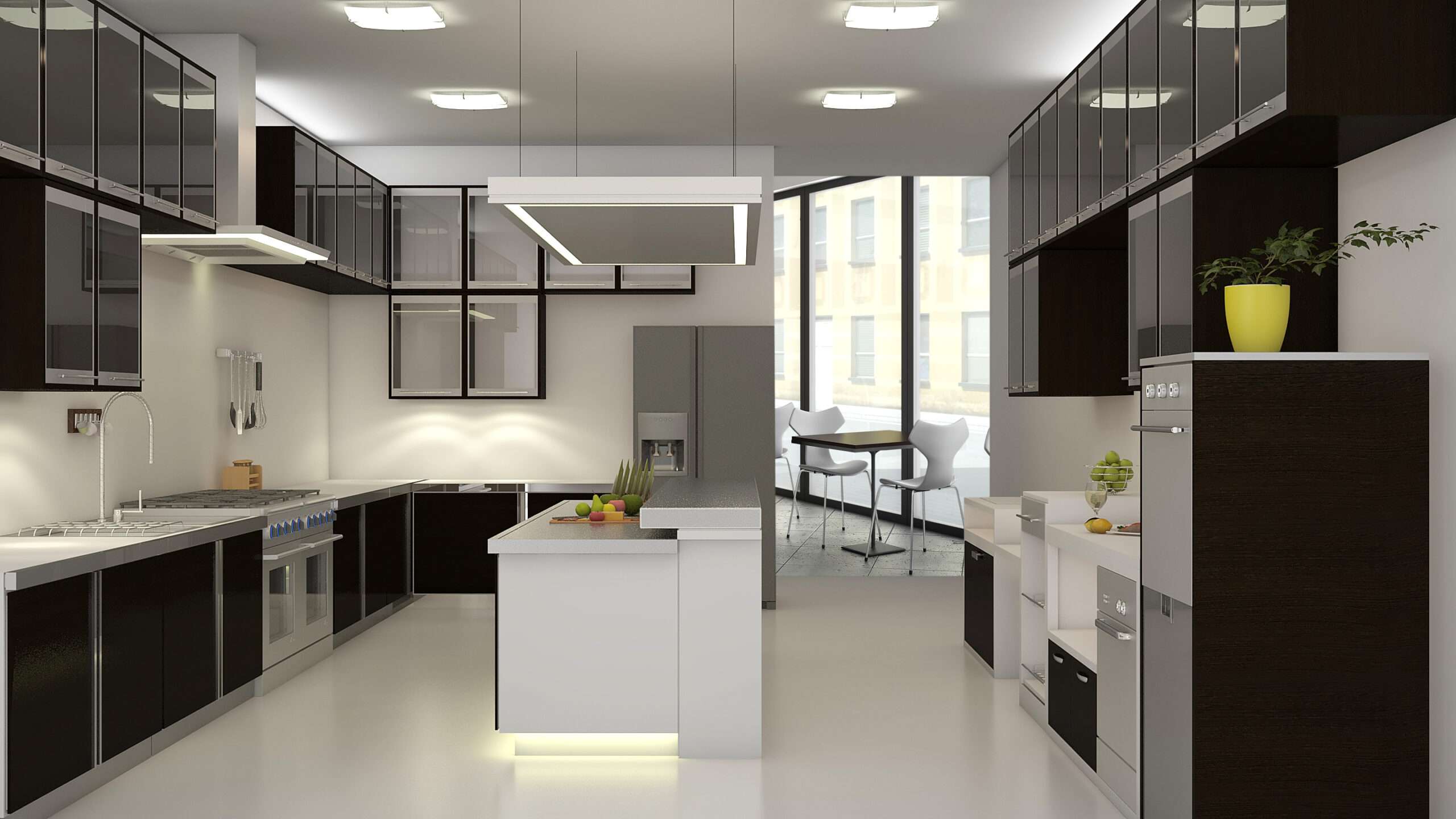Monthly Restaurant Kitchen Cleaning Checklist
When running a busy restaurant in Los Angeles, maintaining a clean and sanitary kitchen is not only essential for health and safety but also crucial for upholding your establishment’s reputation. While daily and weekly cleaning routines are vital for keeping your kitchen in top shape, monthly deep cleaning tasks are equally significant.
These monthly tasks often involve hard-to-reach areas and deep cleaning procedures that ensure your kitchen remains a pristine, hygienic space. We created this comprehensive monthly restaurant kitchen cleaning checklist to help you stay on top of these essential tasks.
Behind Appliances and Equipment
Task: Move appliances and other equipment that may be against a wall. Wipe down the area and appliances, and mop the floor in this area.
Why: Over time, debris, grease, and grime tend to accumulate in the often-neglected spaces behind kitchen equipment. Regular cleaning in these areas prevents the buildup of contaminants that could lead to pests or unsanitary conditions.
Pro Tip: Schedule this task during a slow period to ensure thorough cleaning without disrupting kitchen operations.
Walls
Task: Using a mixture of water and cleaning solution, scrub and wipe down walls, then dry with an absorbent cloth.
Why: Kitchen walls can accumulate grease, food splatters, and other residues that not only look unsightly but can also become a breeding ground for bacteria. Monthly wall cleaning keeps your kitchen environment hygienic and visually appealing.
Pro Tip: Use a microfiber cloth for efficient cleaning, and focus on areas near cooking equipment.
Grease Buildup
Task: Using a degreaser, remove grease that may have built up in various areas. Rinse with water. Clean and empty grease traps.
Why: Grease buildup not only poses fire hazards but can also affect the functionality of your kitchen equipment. Monthly degreasing helps maintain equipment efficiency and reduces safety risks.
Pro Tip: Use a dedicated degreaser and follow the manufacturer’s instructions for safe and effective use.
Ceilings
Task: Remove tiles from the ceiling and wash them with soap and water. Use a degreaser for any tiles that have accumulated grease.
Why: Kitchen ceilings are prone to accumulating dust, grease, and grime, which can potentially fall onto food preparation areas. Regular ceiling cleaning ensures a sanitary and safe environment.
Pro Tip: If your ceiling tiles are removable, take them down for thorough cleaning and drying before reinstalling.
Refrigerators and Freezers
Task: Remove items from your walk-in refrigerator, as well as your freezer, and wipe down the walls and mop the floor. Use a disinfectant to ensure complete cleaning and sanitization. Clean the coils and condenser to remove dust.
Why: Refrigeration units are vital for food safety, and a clean interior and exterior are essential for preventing cross-contamination and maintaining the quality of stored items. Cleaning coils and condenser also ensures efficient operation.
Pro Tip: Check for expired items and discard them during this process to maintain food freshness.
Floors
Task: Sweep and mop all floors. Polish the floor with a professional scrubber.
Why: Restaurant kitchen floors endure heavy foot traffic and food spills daily. Monthly polishing not only enhances the floor’s appearance but also extends its lifespan and makes it easier to clean in the future.
Pro Tip: Ensure that the floor scrubber is appropriate for your flooring material and follow the manufacturer’s recommendations.
Ice Machines
Task: Follow the manufacturer’s instructions for cleaning and sanitizing, wipe the exterior, and clean the condenser and filter.
Why: Ice machines can harbor bacteria and mold, affecting the quality and safety of the ice produced. Regular cleaning and maintenance ensure that your ice remains clean and safe for consumption.
Pro Tip: Keep a log of cleaning dates and maintenance to ensure consistency and track any issues that may arise.
Pest or Rodent Droppings
Task: Inspect the kitchen for droppings. Clean all areas where you may find them. Replace pest traps if needed.
Why: Pests and rodents can pose significant health risks and damage your restaurant’s reputation. Regular inspections and immediate cleaning of droppings are essential for early detection and control.
Pro Tip: Implement pest prevention measures, such as sealing entry points and maintaining cleanliness, to minimize the risk of infestations.
Monthly Restaurant Cleaning Service in Los Angeles
Incorporating this monthly commercial kitchen cleaning checklist into your maintenance routine will not only keep your kitchen in compliance with health and safety standards but also contribute to the overall success and reputation of your establishment.
Safe Kitchens can handle these monthly cleaning tasks so your staff can focus on preparing and serving food to your customers. Contact us for a free quote and we’ll be happy to take care of your monthly deep cleaning needs!

